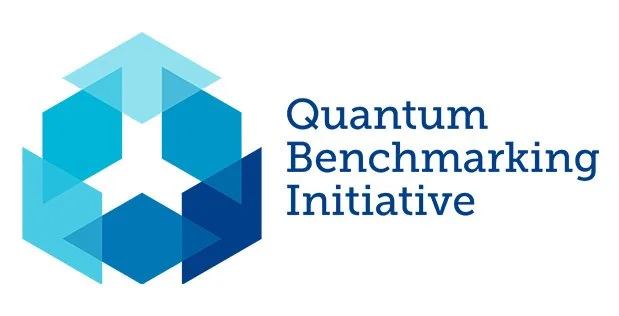Quantum computing has long been the subject of whispered excitement in laboratories and high‑tech boardrooms alike. The latest milestone, however, signals a shift from speculative research to a tangible, defence‑backed roadmap that could reshape the United States’ industrial base. In February, the Defence Advanced Research Projects Agency (DARPA) announced that PsiQuantum has moved from a feasibility study into the validation phase of its Utility‑Scale Quantum Computing program. The move underscores the growing urgency for a national quantum strategy that can keep pace with rivals and deliver real‑world applications across the energy, healthcare, finance and defence sectors.
From Photons to Power: Engineering a Scalable Quantum Machine
PsiQuantum’s design hinges on photons, the fundamental particles of light, as the carriers of quantum information. Unlike conventional superconducting qubits that rely on cryogenic circuits, the company’s photonic approach promises faster gate speeds and lower error rates, provided the system can be scaled to millions of qubits. The validation phase will scrutinise this scalability by testing the largest quantum cryogenic module yet installed at the Department of Energy’s SLAC National Accelerator Laboratory in Menlo Park. The module houses thousands of superconducting components that must operate coherently at temperatures a fraction of a degree above absolute zero.
In parallel, PsiQuantum is expanding its manufacturing footprint with a 120,000‑square‑foot facility in Milpitas, California. Here, the company will network multiple cryogenic cabinets, creating a modular architecture that can be replicated at scale. The design emphasises fault tolerance through quantum error‑correcting codes that can detect and correct errors in real time. If successful, this approach will allow a quantum computer to maintain a stable state long enough to solve problems that are intractable for classical machines.
Bridging Theory and Practice: From Prototype to Pilot
The transition from laboratory prototype to a production‑grade system is fraught with logistical and technical challenges. DARPA’s evaluation team, comprising more than fifty experts from government agencies, national labs and contractors, will assess the end‑to‑end performance of PsiQuantum’s hardware. Their focus will include not only raw qubit count but also the reliability of inter‑qubit communication, the latency of error correction, and the overall energy consumption of the system.
A key component of this validation effort is the planned deployment of two quantum data centres,one in Brisbane, Australia and another in Chicago, Illinois. The Chicago facility will be housed within the Illinois Quantum & Microelectronics Park (IQMP), a $500 million state initiative that positions DARPA as the first anchor tenant. This partnership will create a “Quantum Proving Ground” where academic researchers, industry partners and government agencies can test applications in a controlled environment. By making the technology available to a broader community, the initiative aims to accelerate the development of software stacks and algorithms that can leverage fault‑tolerant quantum hardware.
Strategic Stakes and Global Competition
The timing of this programme is significant. China’s quantum research budget has grown exponentially in the past decade, and the United Kingdom and European Union are also investing heavily in national quantum initiatives. In this context, the United States must demonstrate a clear lead to protect its economic security and maintain technological superiority. DARPA’s involvement signals that the Department of Defence sees quantum computing as a strategic asset, not merely a curiosity. The agency’s focus on high‑impact use cases,such as secure communications, advanced cryptography and complex systems modelling,aligns with the broader national security agenda.
Beyond the defence sector, the potential for quantum computing to transform critical industries is immense. For example, a fault‑tolerant machine could simulate molecular interactions with unprecedented fidelity, accelerating drug discovery and materials science. In finance, quantum algorithms could optimise portfolio allocation and risk assessment in ways that are impossible with classical computers. The ability to process vast data sets in real time could also revolutionise energy grid management, enabling smarter distribution and predictive maintenance.
The stakes are high, but so are the rewards. By investing in a photonic‑based, fault‑tolerant architecture, PsiQuantum is positioning itself at the forefront of a technology that could redefine computation. DARPA’s validation phase will test whether the company can deliver a system that is not only powerful but also reliable, scalable and economically viable. If the programme succeeds, the United States could secure a decisive advantage in a field that will shape the geopolitical and economic landscape of the 21st century.
In sum, the move into the validation phase marks a turning point for quantum computing in the United States. It signals a shift from theoretical promise to practical deployment, and it underscores the urgency of building a national quantum ecosystem that can keep pace with global competitors. The next few years will reveal whether the photonic approach can deliver on its bold claims, but the pathway is now clearer than ever before.

